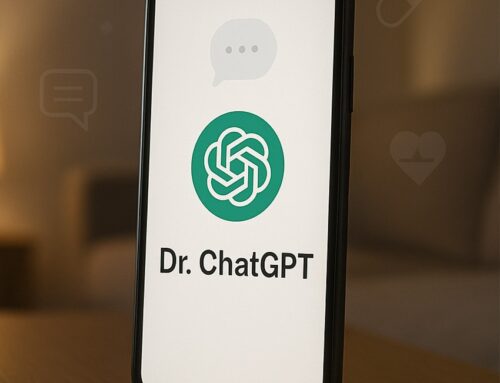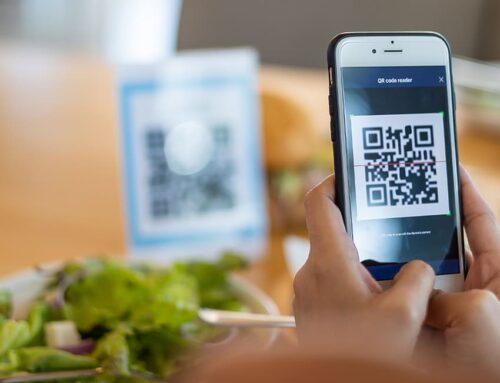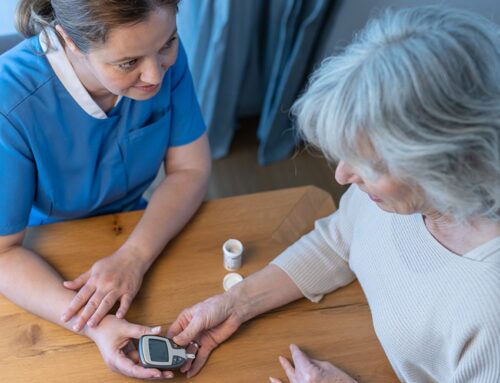Calls to Action Examples That Every Health Advertiser Needs
If no one interacts with or clicks on the Creative, a Display Advertising Campaign won’t be successful. Without a distinct and direct Call to Action, advertising is unable to create leads in healthcare marketing. Engaging potential patients through effective CTAs is crucial as it guides them towards actionable steps, such as scheduling appointments or accessing additional information. Customers-to-be want to know what to do to take advantage of your goods and services. Your clients will just click away from your website and look for another business if you are unclear about the procedures they must do. Fortunately, writing a call to action is not too difficult. Unpacking a call to action will help you understand why it is so crucial and what examples you can use to differentiate yourself from the competition.
A Call to Action (CTA): What Is It?
A call to action, sometimes referred to as a CTA, is a straightforward phrase that is utilized inside the advertising creative to point viewers to the appropriate form or material, etc. A Call to Action is used as a marketing tactic to provide clear instructions on what prospective buyers should do next after viewing a website.
For instance, a website dedicated to specialty health would promote medicines as a product. The Call to Action in the advertising creative may either be Buy Now or Add to Cart.
Call to Action Examples
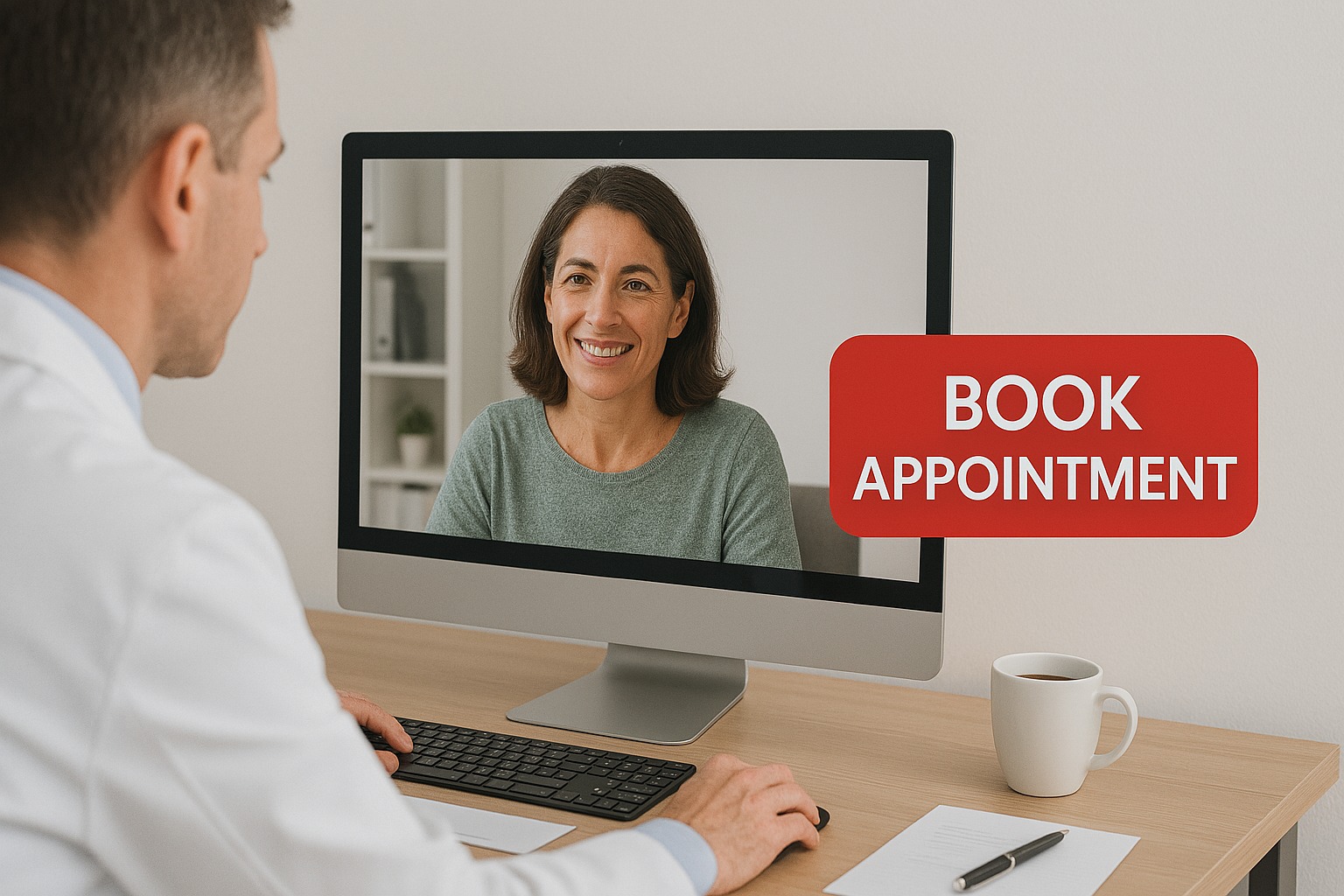
You may make changes to these tried-and-true Call to Action Examples to make them more special for your health or medical company. Effective CTAs can attract new patients by enhancing engagement and encouraging them to schedule appointments. Keep in mind that your call to action should be very straightforward and concise.
How Important is a CTA for Immediate Action?
A suitable Call to Action is something that far too many businesses neglect to spend effort on. This can be due to calls to action being forceful and occasionally unpleasant, or because the company thinks that potential buyers can “figure it out.” In the end, Calls to Action—which may be multiple—should be used on all company advertising sites. Potential clients have far less effort to perform when a company makes it simpler for them to reach their destination.
1. Buy Now
Simplicity is crucial when it comes to a Call to Action, and “Buy Now” is really straightforward. Try to be very clear about where prospective clients must go in order to make a transaction. Customers should select “Buy Now” as their call to action button for a number of reasons. First of all, it explains to the user what has to be done. By selecting “Buy Now,” the customer may swiftly take the necessary step after fully understanding what is expected of them. “Buy Now” is a strong and persuading phrase that motivates customers to make purchases. It implies that there is high demand for the goods and exhorts customers to act quickly to avoid missing out.

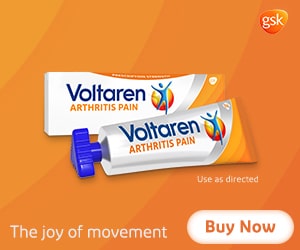
2. Order Now
Similar to “Buy Now,” “Order Now” is a call to action that makes it extremely apparent where people may go to buy your product or service. It’s perfect for advertisements that feature online buying. A strong call to action like “Order Now” might significantly increase conversion rates for online medical stores and websites. It clearly states the desired action. Order Now removes any uncertainty regarding what the user is meant to do. The call to action is strong and clear, telling the user exactly what to do. It exhorts quick action. The phrase “Order Now” encourages customers to make a purchase right away. This is especially helpful for short-term promotions or in-demand goods. Studies show that using the call to action “Order Now” may significantly increase conversions. It’s a quick and effective way to persuade customers to complete their transaction.

3. Shop Now
“Shop Now” is a versatile and effective call to action that clearly directs users to begin exploring or purchasing products immediately. Ideal for health brands, it signals convenience, urgency, and ease of access—especially for online stores or e-commerce health platforms. “Shop Now” reduces friction in the customer journey by pointing directly to where action is needed. It works particularly well when paired with benefit-driven messaging like “Shop Now for Heart-Healthy Supplements” or “Shop Now for Family Wellness Essentials.” The phrase taps into a sense of immediacy while remaining approachable, making it perfect for time-sensitive offers, curated health collections, or seasonal promotions. Clear, direct, and motivating, “Shop Now” helps turn health-conscious interest into action—and ultimately, into conversions.
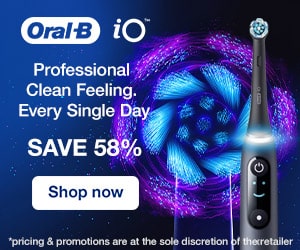
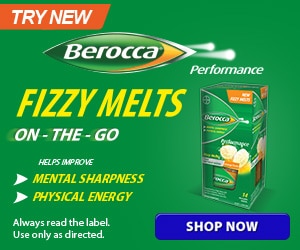
4. Add to Cart
The “Add to Cart” call to action is especially unique to marketers with websites that support health and fitness. It is quite apparent that clicking on this advertising will add the offered goods to your shopping basket on the advertiser’s website. Many brands use this tactic as well, referring customers to major online merchants like Amazon rather than their own website. A popular and effective call to action (CTA) for e-commerce websites is “Add to Cart,” which enables users to make quick and easy purchases without leaving the page. For people who are pressed for time or like to complete transactions quickly and easily, this CTA is particularly successful. Additionally, add-to-cart buttons make it simpler for customers to complete their purchase in a single transaction by enabling them to quickly add several items to their basket. This not only saves the customer time, but it also increases the possibility that the firm will make a successful conversion. Through the integration of Add to Cart buttons with different e-commerce platforms and shopping cart software, customers may access and manage their carts from anywhere on the website. This adds additional level of convenience and facilitates checkout.
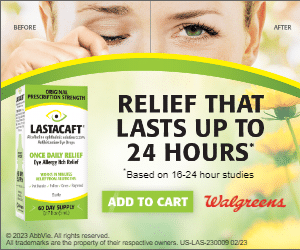

5. Save Now
“Save Now” is another CTA connected to health and fitness stores. This implies to the customer that they would save money by shopping online if they click on the advertising. “Save Now with Promo Code” is a common Call to Action. For a number of reasons, people should add “Save Now” in their call to action buttons. First and foremost, the message informs the user of what will happen when they click the button in a simple and basic manner. It rapidly conveys the significance of the event and is neither ambiguous nor deceptive. Additionally, including the words “Save Now” in the call to action button creates a sense of urgency and encourages users to take quick action. This is particularly helpful for limited-time offers or promotions.
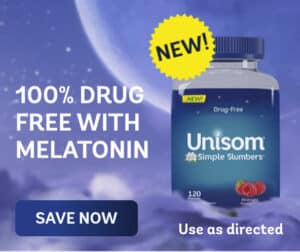

6. Get Relief
“Get Relief” is a compelling and emotionally resonant call to action, especially suited to health and wellness brands in the healthcare industry. It speaks directly to the consumer’s desire to feel better quickly, safely, and confidently. Whether addressing pain, discomfort, stress, allergies, digestion issues, or chronic conditions, this phrase connects on a human level by acknowledging the problem and immediately offering a solution.
Within the healthcare industry, “Get Relief” is particularly effective because it balances empathy with action. It helps entice patients or consumers who are actively searching for answers, and positions your product or service as a trusted and accessible solution. Phrases like “Get Relief from Headaches Naturally” or “Get Relief from Heartburn Without the Wait” are both clear and reassuring. They show that help is not only possible, but available right now.
Health brands can use “Get Relief” across paid ads, landing pages, and product messaging to drive both emotional engagement and real results. It is not just about encouraging a transaction. It is about showing people you understand their experience and are ready to support their health journey. As part of a broader marketing strategy in the healthcare industry, “Get Relief” has the power to build trust, prompt action, and deliver meaningful outcomes.
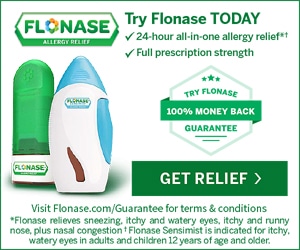
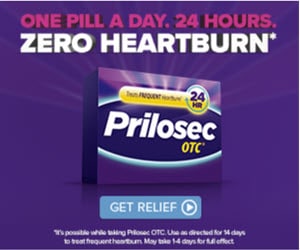
7. Join Now
The usage of the phrase “Join Now” on a call to action button makes it clear and concise what the user must do. Using wording that encourages the consumers to participate in the shopping experience. The word “now” is used by Join Now to compel immediate action. This tells the user that they should take action right away rather than wait or consider their options. The usage of the word “join” implies that if a user takes action, he/she will become a member of a group or organization. A feeling of connection and belonging may be a huge motivator for many people.
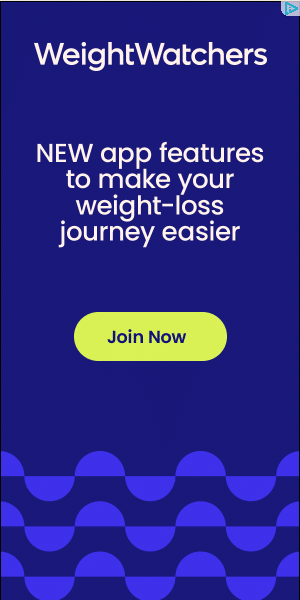

8. Get Started
For many businesses, providing a method to begin using a product or service might be the ultimate call to action. The effective and compelling call to action button “Get Started” may help businesses and individuals increase conversions and attract more people to their websites or landing pages. The simple and straightforward phrase “Get Started” conveys a sense of energy and eagerness. The next step is made simpler for the user since it clearly outlines what they must do to get started. Everyone in all languages and cultures can grasp the phrase “Get Started.” This makes it a fantastic substitute for businesses with a global clientele.
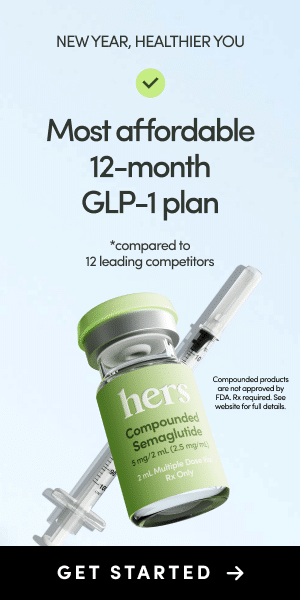
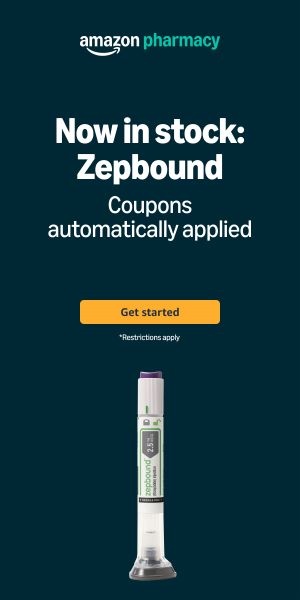
9. Sign Up
Websites that provide services, educational bulletins, or online courses should use this CTA. The inclusion of the word “Sign Up” makes it clear to the user what is expected of them, making it simpler for them to understand and carry out. Second, it has objectives. You’re encouraging the user to act right away and sign up for your service or community by using the term “Sign Up.” Growing a clientele or generating leads may both benefit greatly from this. Your community or service can be joined directly by using the call to action “Sign Up,” which has the potential to be more effective than using a more passive call to action like “Learn More.”
10. Free Download
An improvement over “download now” is this. Any kind of free product, even one that is little and downloaded, provides your potential clients an opportunity to try out your brand without paying anything. People are naturally drawn to free things, especially when they think the thing being given away has a high value. You are providing the customer something of value without asking anything in return by offering a free download. The phrases “Free Download” make it extremely clear what will happen when the button is pushed. This can help remove any uncertainty or reluctance a user may have about what will happen when they click the button.
11. Subscribe Now
Companies that provide subscription-based services or content, such periodicals, streaming services, or monthly box packs, sometimes employ a Call to Action like “Subscribe Now.” The “Subscribe Now” Call to Action is used to entice viewers to sign up as subscribers or customers for these sorts of items or services, which are frequently supplied on a monthly or quarterly basis.
The “Subscribe Now” Call to Action can be effective for a variety of health and fitness services. A physical product seller may, for instance, utilize a “Subscribe Now” Call to Action to entice customers to sign up for periodic product shipments.
12. Learn More
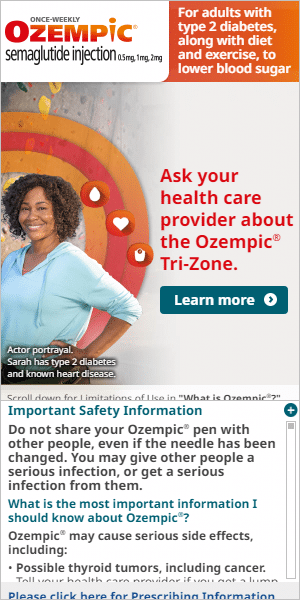
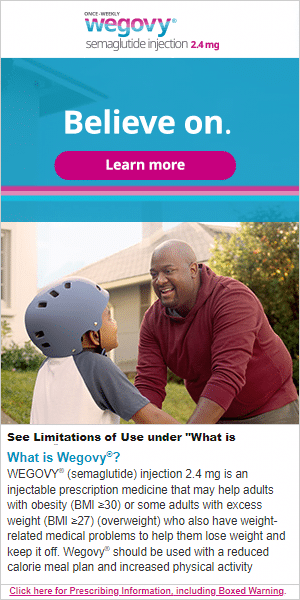
A “learn more” call to action provides a clear path for interested leads to follow if your product or service needs a little more explanation. The “Learn More” button encourages curiosity by urging users to keep exploring. The suggestion that there is more information available encourages users to learn more about the product or service. The user is given a clear explanation of what they must do and what to expect after clicking the button. This clarification may result in higher conversion rates. You can select not to “Learn More.” Users have the opportunity to browse further without buying anything or joining up.
13. Chat Now
This is comparable to “click to call” and may be used to send leads to your customer care staff for more information. Companies may interact with their customers in real time and promptly address their issues and problems with the aid of the persuasive call to action button “Chat Now.” Health businesses who include Chat Now in their call to action button may see an increase in customer satisfaction, build trust, and increase conversions. One of Chat Now’s main benefits is its ability to manage several chats at once, which helps the business save time and resources. Additionally, because the chat operator can quickly locate essential information and provide helpful solutions, it enables customer issues to be handled more successfully. Chat Now offers a more natural conversation flow than email or phone interaction, allowing for a more tailored connection with customers. Customers could become more dedicated as a consequence and have a better overall experience.

14. Try for Free
Advertisers who provide free trials, samples, or memberships are strong candidates for a Call to Action. By selecting the “Try for Free” call to action button, both the client and the business stand to win. The consumer is given the opportunity to test out the product or service before making a purchase. They may use this to evaluate whether it meets their needs and expectations prior to spending any money. It also helps to build trust and credibility with the consumer since it shows that the business is confident in their product and willing to provide the customer a free trial.
15. Try Now
Ideal for the reasons you want to persuade customers considerable calls to action to think about are trying a new product line, signing up for a free trial, requesting a sample, or becoming a member. What the user needs do is made very clear in the Try Now CTA. It encourages swift action and removes any uncertainty or question regarding the next step. Second, the words “Try Now” convey a feeling of urgency and encourage the user to take advantage of the opportunity. It suggests that the offer or product is noteworthy and merits attention. It also implies that conversion will likely be easy and hassle-free, increasing conversion chances.
16. Drive Up
During Covid, “Drive Up” for health clinic and pharmacy stores providing “Contactless” or “Click and Collect” became more common. For every advertising, ideal businesses may use Drive Up as their call to action button to persuade customers to utilize this useful service. Drive Up is lucrative for the business and beneficial to the customer. Increased turnover, higher sales, and a reduction in in-store time are all possible outcomes. By using Drive Up, businesses may expand their audience and increase customer loyalty. Overall, utilizing Drive Up in the call to action button is advantageous to both businesses and customers. It offers a hassle-free purchasing experience and may increase customer satisfaction and earnings.
17. Download Now
Offering a unique and obvious link to where leads may check out your product helps convert them into potential customers if you have material or an application that can be downloaded. When a user clicks the Download Now call to action, it is obvious to them what they will be doing. It eliminates any uncertainty or question regarding what will happen next, which is essential for increasing conversion rates. The command “Download Now” gives the user the impression that they will receive something immediately away, which can be a strong incentive to act. The words “Download Now” before an offer may help to convey a sense of urgency since they imply that the customer must act quickly to take advantage of the offer.
18. Book a Slot
This call to action is only applicable to services like online heath appointment. This Call to Action has grown during Covid. Customers can use the Book a Slot call to action button to schedule their appointments or bookings. They won’t have to be concerned about making a reservation while waiting in line or on hold as a consequence. They merely need to choose the most practical time by clicking the “Book a Slot” button. It helps businesses handle appointments and scheduling more successfully. Since they can plainly see which slots are free and which ones are already used, they can plan and organize their workload more readily.
19. Click to Call
This call to action may be used on interactive websites, such as those with chat features, to encourage visitors to get in touch with your customer service representatives and set up an appointment or learn more about your business. Users may rapidly contact businesses or persons by clicking a button on their website. This saves people from having to physically key in and dial a phone number, which is useful for those who use mobile devices to access the internet. Customers may quickly and easily contact businesses by using a click to call CTA without having to manually enter a phone number or remember it.
20. Free Delivery
Offering free delivery to new customers can differentiate your business from the competition in the highly competitive world of online retailers and medical delivery services. There are several justifications for using the word “Free Delivery” in a call to action (CTA) button. Free delivery, for instance, might be a powerful incentive for potential customers. The ability to acquire free delivery may be the deciding factor for a customer considering an online purchase. Offering free delivery might make a business stand out from the competitors. Offering free delivery may help a business stand out and draw in more customers in a crowded online market. Providing free delivery might help build customer confidence.
Optimizing Calls to Action for Healthcare Providers
For healthcare providers, a well designed call to action can improve patient engagement and guide individuals toward the care they need. The language used should be clear, compassionate, and easy to understand, offering reassurance and encouraging trust. Phrases like “Book Your Health Check” or “Start Your Recovery Plan” help patients feel supported from the first click. Timeliness is also critical in the healthcare industry, so calls to action should promote quick access to care when needed, such as “Speak to a Doctor Today” or “Get Care Now.” Most importantly, the focus should be on outcomes rather than just actions. Instead of generic phrases like “Submit,” use meaningful language like “Get Your Personalised Treatment Plan” to highlight the benefit and value to the patient. By putting the patient experience at the center, healthcare providers can turn simple calls to action into powerful tools for delivering better health outcomes.
Measuring the Success of Your Calls to Action
To improve results, healthcare brands must measure how their calls to action perform across every digital channel. Key metrics to monitor include click through rates, conversion rates, and completed actions such as appointment bookings, contact form submissions, or downloads of health guides. These data points help determine whether your call to action is effectively moving patients toward meaningful interaction. It is also valuable to segment performance by audience type—what works for new patients may differ from existing ones. A strong marketing strategy for the healthcare industry includes regular A/B testing of call to action language, placement, and design. Even small adjustments, such as changing “Learn More” to “Get Relief Today,” can lead to measurable improvements. By consistently analyzing and refining your calls to action, healthcare providers and health brands can drive stronger patient engagement and better outcomes.
Common Call to Action Mistakes to Avoid
Even the most well intended health campaigns can fall flat if the call to action lacks clarity, relevance, or emotional connection. A common mistake is using generic phrases like “Click Here” or “Submit,” which provide no context or motivation for the patient. In the healthcare industry, where trust and guidance are essential, this can create uncertainty and reduce follow through. Another frequent issue is placing the call to action in hard to find locations or surrounding it with too much visual clutter. This makes it easy to overlook, especially on mobile devices where many patients search for care. Failing to match the call to action with the user’s health journey is another pitfall. Calls to action that speak directly to patient needs—such as “Find Support for Your Condition” or “Start Feeling Better Today”—are more likely to encourage action. By avoiding these common missteps, healthcare brands can improve patient engagement and create a smoother path to care.
Conclusion: Turn Health Insights into Action
In the healthcare industry, every touchpoint matters. A well-crafted call to action can be the difference between passive interest and real engagement. Whether you are encouraging someone to book a health consultation, download a wellness guide, or subscribe to healthy living tips, the right call to action builds trust and delivers results.
Successful health brands understand that to entice patients and health-conscious consumers, calls to action must be clear, benefit-driven, and aligned with their needs. From wellness products to healthcare services, strategic CTAs help guide potential patients toward meaningful actions that support their personal health goals.
Brands leading the way in the healthcare industry are those that consistently test, refine, and tailor their calls to action as part of a broader marketing strategy. They speak directly to their audience, highlight value, and create a sense of urgency that motivates people to act.
Ready to improve your health marketing strategy?
Start applying these call to action techniques today—and turn every moment of interest into a meaningful connection with your audience.



